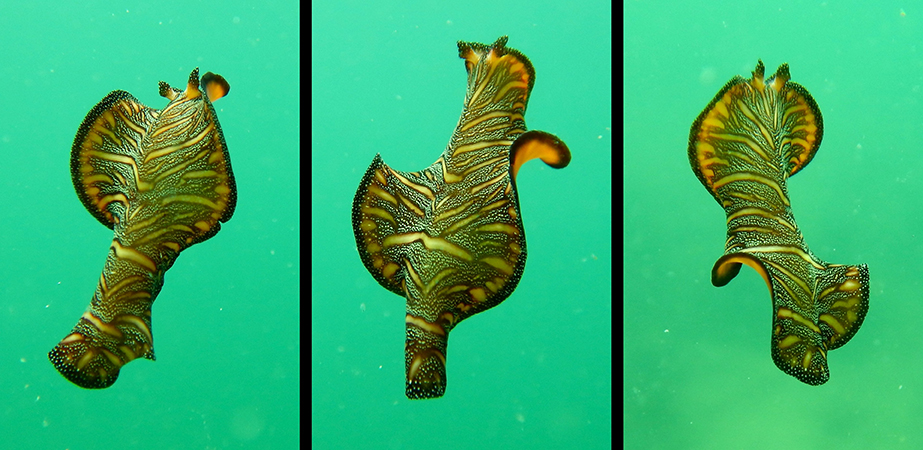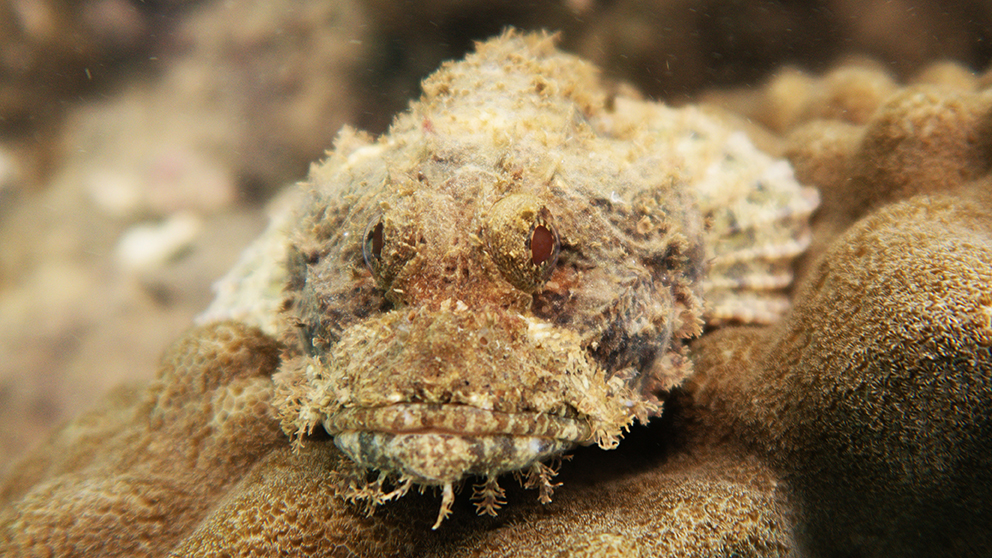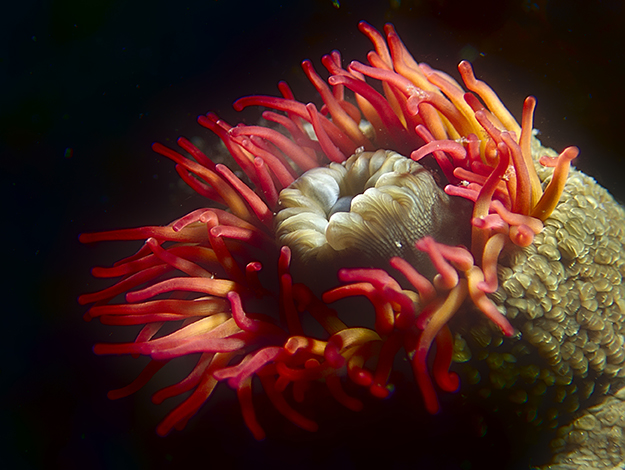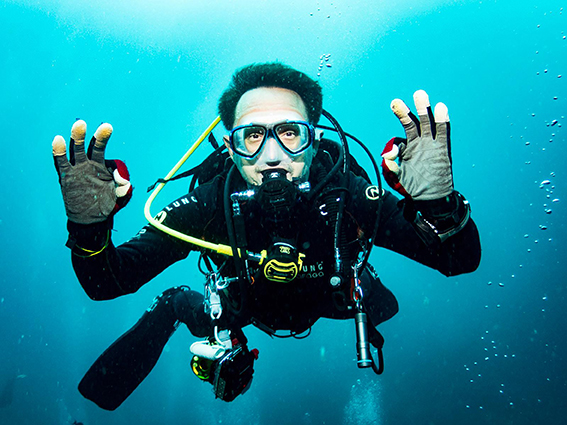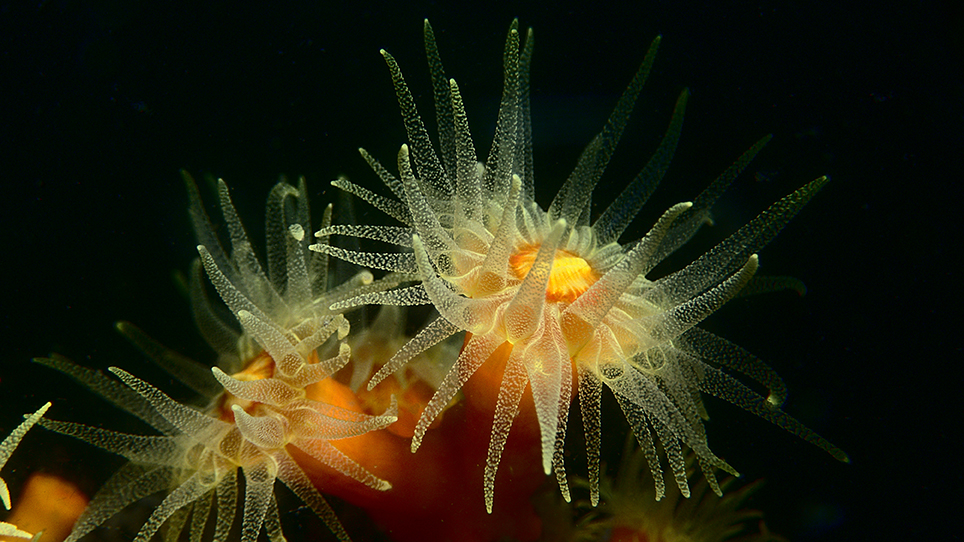
Grounded? Take a dive in Hong Kong to reveal underwater gems
COVID-19 has grounded travellers in recent months, so Hong Kong people have been exploring closer to home. Keen diver Christopher Dillon has great tips for exploring the treasures beneath the waters around these islands
Mention Hong Kong as a potential dive location and you’ll probably hear “Why in God’s name would you want to dive there?” or “Can you actually dive in Hong Kong?” You’re unlikely to confuse Hong Kong with the Philippines, but you can dive here. And there’s plenty to see, including wrecks, reefs and marine life.
Hong Kong’s main dive sites can be divided into three groups. South of Hong Kong Island, there are sites near Po Toi, and Beaufort and Waglan islands that are a short distance from Aberdeen. These locations generally have poor visibility, typically 1–5 metres, due to their proximity to the heavily populated Pearl River Delta.
In the northeast, Rocky Harbor and Port Shelter are accessible from Sai Kung. Sites here include Bluff, Basalt and Shelter islands. Further north, there’s diving in and around Double Haven, including Crescent, Double and Crooked islands. With calm seas, it’s also possible to dive the Ninepin Group, which are southeast of Clear Water Bay.
Sites in the northeast are near blue water, which results in visibility of up to 12 metres. From Double Haven, you can see Shenzhen’s massive Yantian Port. Divers visiting these sites pass through the Tolo Barrier, a Hong Kong police checkpoint in the Tolo Channel. Clean water, beautiful scenery and a variety of sites make Double Haven a personal favorite.
The South China Diving Club (scdc.org.hk) and commercial operators such as Scuba Monster (www.scubamonster.com.hk) and Diving Adventure (www.divinghk.com) offer regular expeditions to sites throughout Hong Kong. Dives are staged from junks, dedicated dive boats and speedboats, with amenities ranging from spartan to hot lunches and showers. Operators generally provide tanks and weights, and you can rent fins, buoyancy compensation devices, dive computers, regulators, masks and wet suits. You’ll need to show a certification card to dive with these groups.
What can you see?
For history buffs, there are cannon, anchors, heavy chain and the occasional piece of World War II ordinance. Accumulated silt and time mean many of these items are well hidden.
Despite Hong Kong’s reputation for pollution and overfishing, there’s lots of life in our waters. Octopuses, cuttlefish, nudibranchs, crabs, eels, rays, brightly coloured coral and hundreds of species of fish are common. Hong Kong Geopark’s spectacular rock formations overlook many sites in the northeast.
For more than 20 years, Hong Kong’s Agriculture, Fisheries and Conservation Department has installed and maintained nearly 700 artificial reefs. Located in and outside marine parks, the reefs are built from a variety of materials, including steel-hulled ships and old tyres. The reefs serve as feeding, spawning and nursery areas for grouper, bream, snapper, sweetlips and other species.
Diving in Hong Kong is relaxed
Strong currents are uncommon and most dives are less than 15 metres deep. Visibility is best in winter, when water temperatures can drop to 18–19 degrees Celsius. That calls for a 7-millimetre wet suit and hood or a dry suit. In summer, water temperatures are around 28–29 C, which is comfortable in a 3-millimetre wet suit or a shorty suit. Hong Kong dives are shallow, so there’s little call for nitrox or exotic gas blends.
Compared to Australia, where visibility can reach 40 metres, Hong Kong’s turbid water isn’t ideal for shooting wide-angle photographs or video. But macro photography, with close-ups of smaller subjects, can work well. Point-and-shoot cameras with operating depths of up to 10 metres are available from major manufacturers.
Hong Kong does have hazards, including Diadema sea urchins covered with foot-long, needle-sharp spines and weedy stingfish, which are well disguised and have toxic spines along their backs. Container ships in busy shipping channels don’t mix well with divers, nor do inattentive pleasure craft operators.
Why Hong Kong?
Hong Kong is a great place to learn to dive. Major industry organisations, including the British Sub Aqua Club, NAUI, PADI and SSI, are represented here and there are dozens of dive shops and indoor and outdoor pools. Through dive shops, NAUI, PADI and SSI offer inexpensive “try dives” that combine a couple of hours of classroom instruction with a pool session where you can experience the underwater world firsthand.
In Hong Kong, even remote dive sites are easy to reach. We are also near the coral triangle, which encompasses Indonesia, Malaysia, Papua New Guinea, the Philippines, the Solomon Islands and Timor-Leste. One of the planet’s most important centers of biodiversity, the coral triangle is home to some of the world’s best diving. Outside the triangle, there’s excellent diving in Thailand, Japan and other destinations, including historic World War II shipwrecks in Chuuk.
Whether you’re learning to dive, honing your skills for an overseas trip, or enjoying a sunny Sunday in the New Territories, Hong Kong diving is worth a peek beneath the surface.
*More of Christopher’s diving photos are available at dilloncommunications.com/images
Christopher Dillon was chairman of the Hong Kong–based South China Diving club from 2018 to 2020. He has been a member of the FCC since 1992 and is principal of Dillon Communications Ltd

